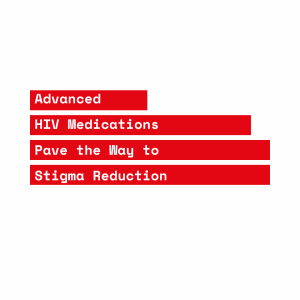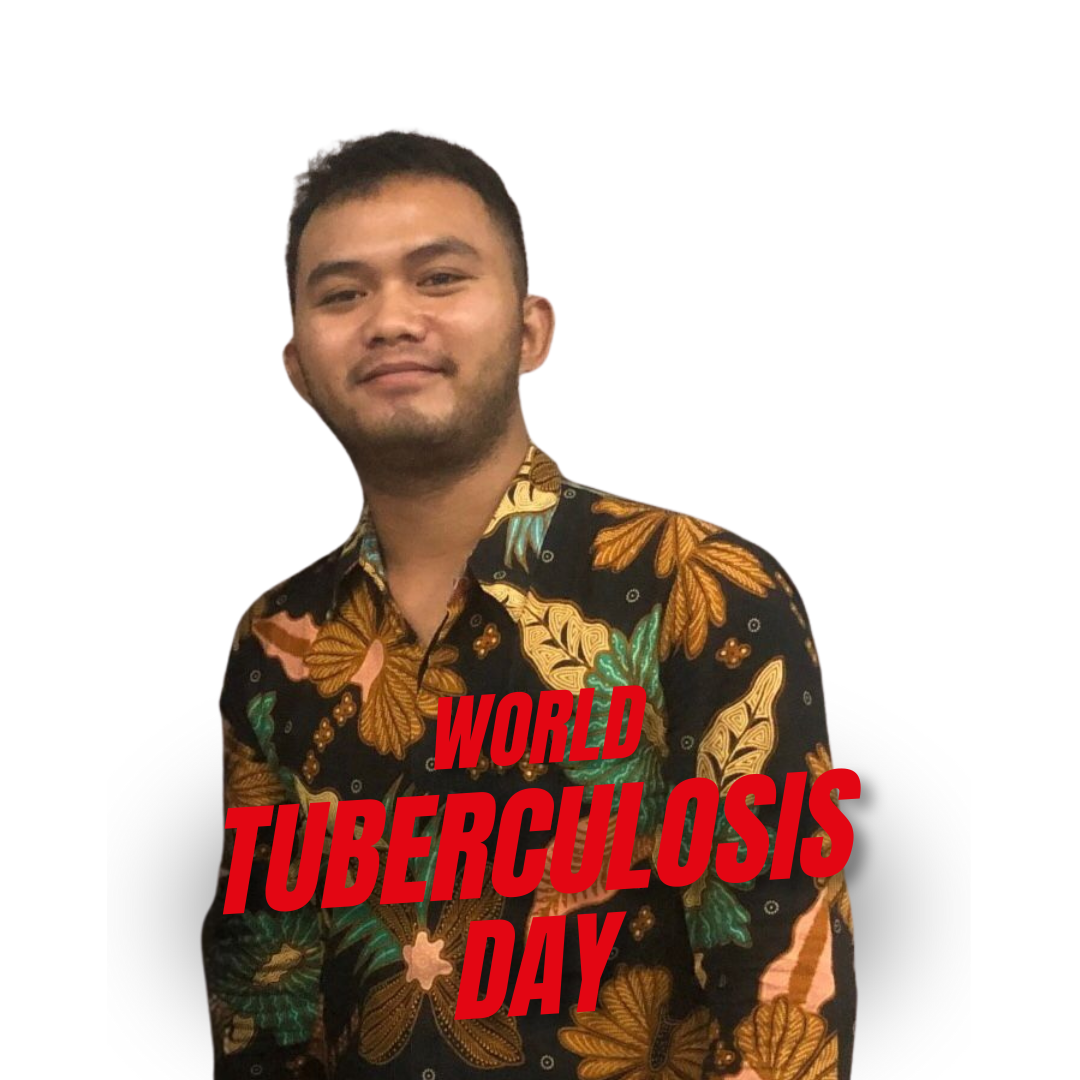
In the dynamic landscape of HIV treatment and research, significant progress has been achieved in the development of more effective medications and therapies. However, despite these medical advancements, the persistent shadow of stigma continues to cast a pall over individuals living with HIV.
Despite the advances in treatment regimens that have transformed HIV from a once-fatal diagnosis into a manageable chronic condition, people living with HIV still encounter discrimination, prejudice, and misinformation in many parts of the world.
The medical community has witnessed remarkable breakthroughs in HIV treatment over the past few decades. Antiretroviral therapy (ART) has revolutionized the management of HIV, enabling people living with HIV to lead longer, healthier lives and even prevent transmission when the virus is undetectable. Additionally, advancements in preventive measures, such as pre-exposure prophylaxis (PrEP), have provided new avenues for HIV prevention.
However, despite these medical triumphs, the societal stigma surrounding HIV remains deeply entrenched. Misconceptions and fear persist, resulting in discrimination against people living with HIV. This stigma can manifest in various forms, including social ostracization, employment discrimination, and even violence.

Harry Prabowo, Program Manager of the Asia Pacific Network of People Living with HIV/AIDS, emphasizes that in the Asia Pacific context, HIV/AIDS is not solely related to the medical aspect but also to socio-economic factors. HIV/AIDS is often associated with morality, religion, faith, and other socio-cultural aspects. While HIV treatment and prevention have progressed compared to decades ago, it’s crucial to recognize that stigma remains a significant barrier to achieving the goals of ending the HIV epidemic. Both medical and social interventions are equally important. We must develop literacy, raise awareness in communities and decision-makers. One effective method is to promote the U=U campaign and underline that currently HIV is not a fatal disease when undergoing proper ARV treatment.
The consequences of HIV-related stigma are far-reaching, extending beyond the individual level to impede public health efforts. Fear of judgment or discrimination may deter individuals from seeking testing or treatment, leading to late diagnoses and increased transmission rates. Moreover, stigma can hinder open discussions about sexual health and perpetuate myths and misconceptions about HIV transmission.
Efforts to combat HIV-related stigma must be multifaceted and comprehensive, involving education, advocacy, and policy reform. Initiatives aimed at raising awareness, promoting acceptance, and challenging stereotypes are crucial steps in dismantling the barriers of stigma.
Community-based organizations, healthcare providers, researchers, policymakers, and activists serve as crucial links, connecting individuals affected by HIV with support systems and resources. By fostering collaboration and communication among these groups, we can effectively address stigma and discrimination, paving the way for a more compassionate and equitable future for everyone living with HIV. Achieving our goal of ending AIDS by 2023 hinges on our ability to work together, united in our commitment and determination.




